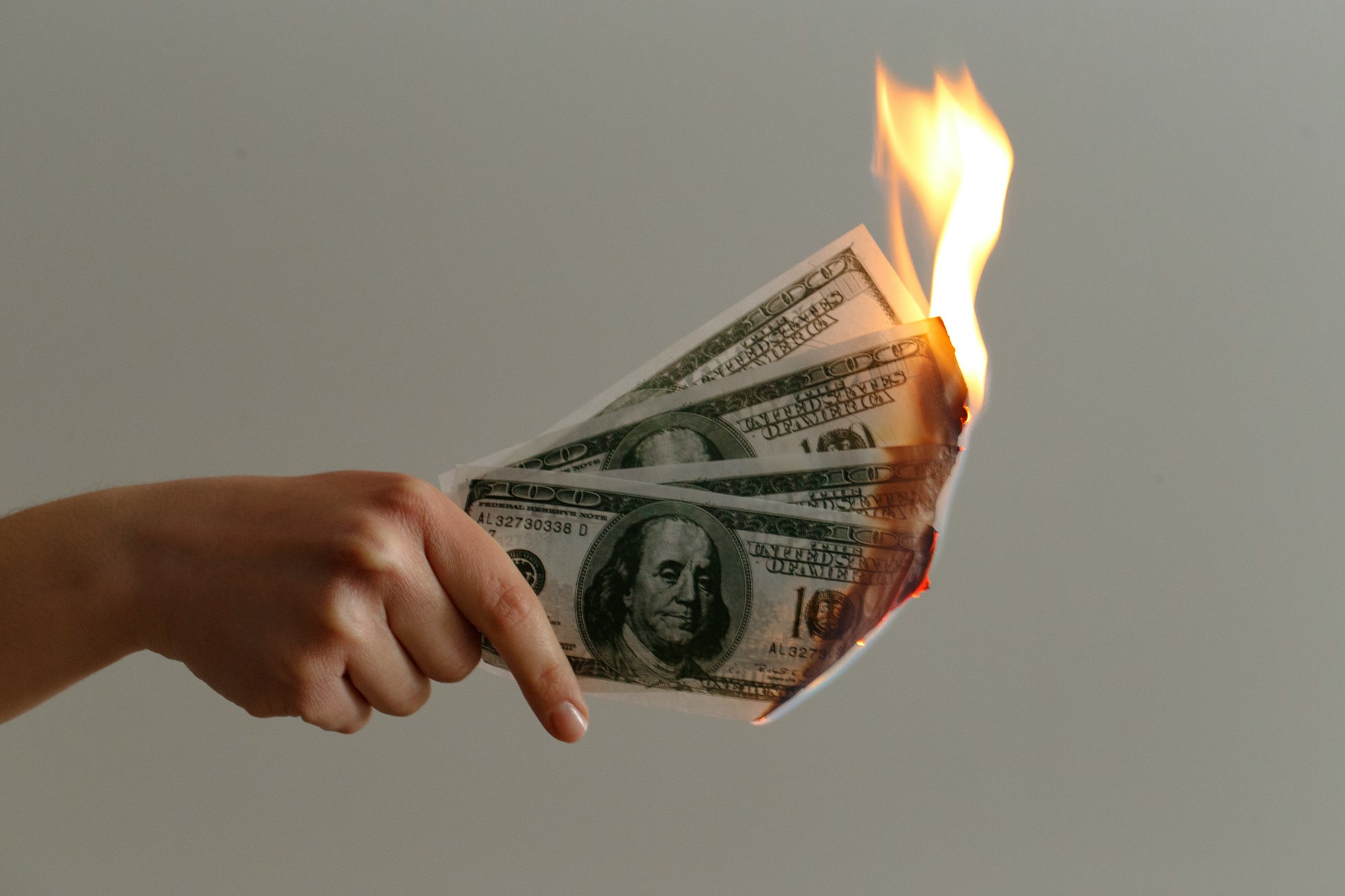The Value of Capital Constraints

Quibi is shutting down, and everyone has an opinion. While the Quibi debacle inspires this particular post, it isn't about Quibi. It's about the value of capital constraints.
When you start a venture-backed company, you want to raise more money. Whatever amount of capital that you wish to raise, you want more. Whatever investment you do take on, you want more. More dollars sounds like it will make everything easier.
Maybe it does. I wouldn't know, with my relatively small fundraising totals (compared to more than $1B).
I know that capital constraints create tremendous opportunities for companies to do brilliant and innovative things. If you have $1.75B, you can hire a lot, build a lot, and make a huge massive launch. You can blanket potential consumers with advertising.
What you don't get when you have that money (and the implied need and desire to spend it) is the ability to test under the radar. Startups talk a lot about minimum viable products. The idea is to build the smallest thing you can and see how users and the market react. After you release this, you can decide what to build next and how to market it.
No matter how many surveys you do or how smart you are, you have no proof until you have a product and build a market around it. Users will say all sorts of things in a survey. Seeing them use and buy a product is an entirely different level of validation.
When you have limited capital constraints, you cannot build too much. You cannot hire too many people. You cannot blanket the airwaves with advertisements. These limitations force you into the lean startup methodology, wherein you build features incrementally, find customers, grow your relationship with them, and then pour gasoline on the fire after you have found the right product and the right market.
Sometimes startups get lucky and hit the right blend of a product on day one, along with a viral marketing message. Robinhood, the free stock trading app, is an example of this. The app's waitlist went viral following an announcement on tech site Hacker News.
Robinhood's significant innovation is "free," however, and giving away products is an excellent way to buy growth. (Don't let anyone fool you when they say they haven't spend money on marketing with a free product. The free product is the marketing.)
Other products have to find their way to success slowly. You put out a simple product that solves a problem for a group of users. You work with those users to tweak and refine your solution. Then you can understand what value they are deriving from it and go after that audience. Many times this audience isn't the one you originally conceived.
Green Dot is a good story here. Originally conceived to help teenagers without a credit card, buy goods online (1999) when online purchases were still very new. The product was sold at retail to turn their cash into a digital form and pay online.
As initial customers came in, it turned out that they were not teenagers. Many were unbanked and underbanked mothers in the area. This insight led Green Dot down a different path of focusing on financially underserved users, leading to a $1.2B IPO 12 years later. A long road.
Short-form video has been tried many times, and making high-quality video production is very hard. If the Quibi team had raised less money and spent a few years toiling away in some obscurity, they might have had their moment. It's hard to remember for many of our largest tech companies that there were mostly not overnight successes. The success looks obvious in retrospect, but in the moment, many of the ideas didn't make sense.
While I would certainly appreciate easier access to capital to help me build my businesses, I am convinced that there is such as a thing as too much capital and Quibi is the latest example of it.

